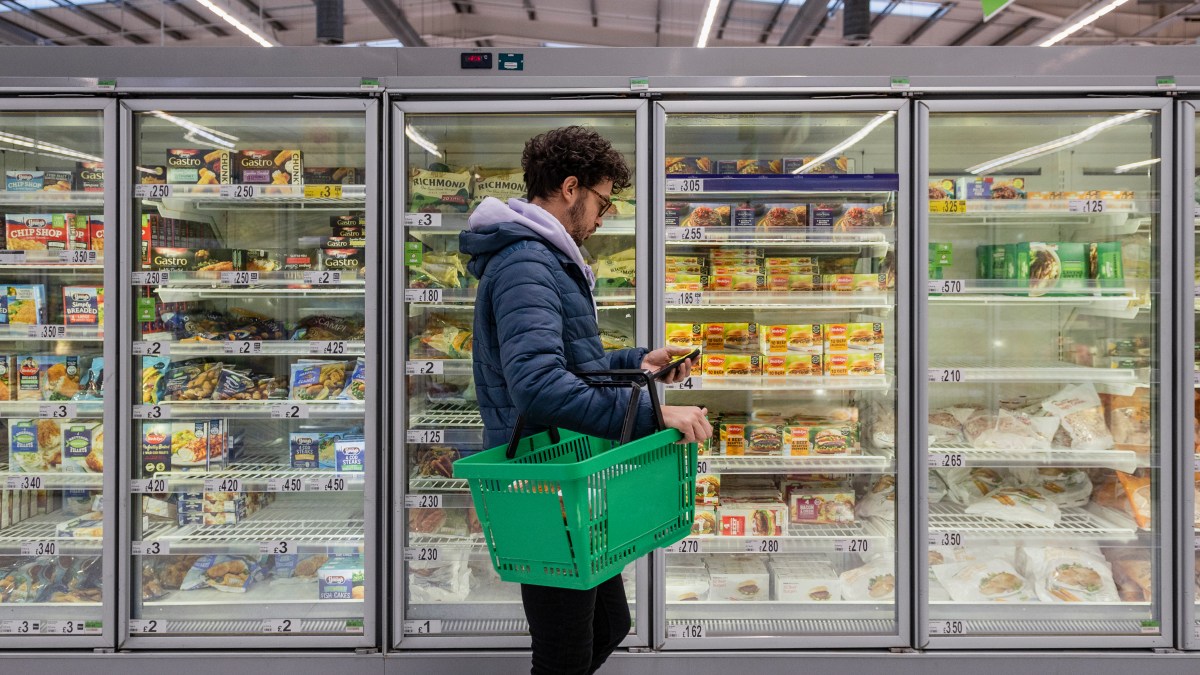Retail sales rose by 0.5 per cent in August in the best three-month streak since 2021, as shoppers were encouraged by summer weather to spend on clothing and food.
The monthly measure for retail sales was in line with expectations and follows a 0.5 per cent expansion in July, revised down from an initial estimate of 0.6 per cent. Over three months to August sales volumes fell by 0.1 per cent compared with the previous rolling quarter, the Office for National Statistics (ONS) said.
Retail sales are a closely watched early indicator of economic growth and August’s monthly expansion is the third consecutive expansion, the ONS said. When fuel sales are excluded, volumes rose by 0.8 per cent last month.
Most big high street sectors recorded rising monthly sales: department stores had a 1.1 per cent increase after a decline of 1.5 per cent in July; sales at other non-food retailers were up by 1.4 per cent; clothing and footwear rose 1.3 per cent; and online sales were up by 0.4 per cent.
Martin Beck, chief economist at WPI Strategy, said the rise in monthly retail sales from June to August was the best run since 2021 but “the bigger picture remains challenging”.
He said: “Sales volumes are still below 2019 levels, held back by cost-of-living pressures, higher borrowing costs and weak consumer confidence. There also appears to have been a structural post-Covid shift in spending patterns away from ‘stuff’ — durable goods — and towards ‘fun’ — consumer services — that could cap retail growth even if conditions improve.”
Hannah Finselbach, senior statistician at the ONS, said retailers had said sales had probably been boosted by good weather last month. When measured over three months, retail sales fell because of weaker sales at second-hand retailers such as auction houses and antiques dealers and a decline in computers and telecoms equipment.
Rob Wood, chief UK economist at Pantheon Macroeconomics, said retail sales were likely to add 0.04 percentage points to growth in the third quarter. Growth was stagnant at 0 per cent in July, and GDP rose by 0.3 per cent in the second quarter.
• UK economy shows zero growth in July
“The consumers’ confidence sub-balance most strongly correlated with retail sales growth is the major purchase intentions balance, and that points to retail sales volumes growth just shy of 2 per cent year-over-year,” Wood said.
“Moreover, the ONS lifestyle survey — backed up by hard data like the Bank of England’s money and credit figures — shows that households have rebuilt their rainy day savings and are cutting back on the amount of money they squirrel away each month, which should help support spending.”
Sagar Shah, at McKinsey & Company, said retailers had benefited from shoppers “grabbing end-of-season bargains and parents shopping for the new academic year”.
Oliver Vernon-Harcourt, head of retail at Deloitte, said retailers were heading into the final months of the year, known as the “golden quarter” leading up to Christmas. “The change of the seasons in September should no doubt encourage consumers to purchase items for their winter wardrobes, but many businesses will be hoping that rain doesn’t deter shoppers from the high street,” he said.

